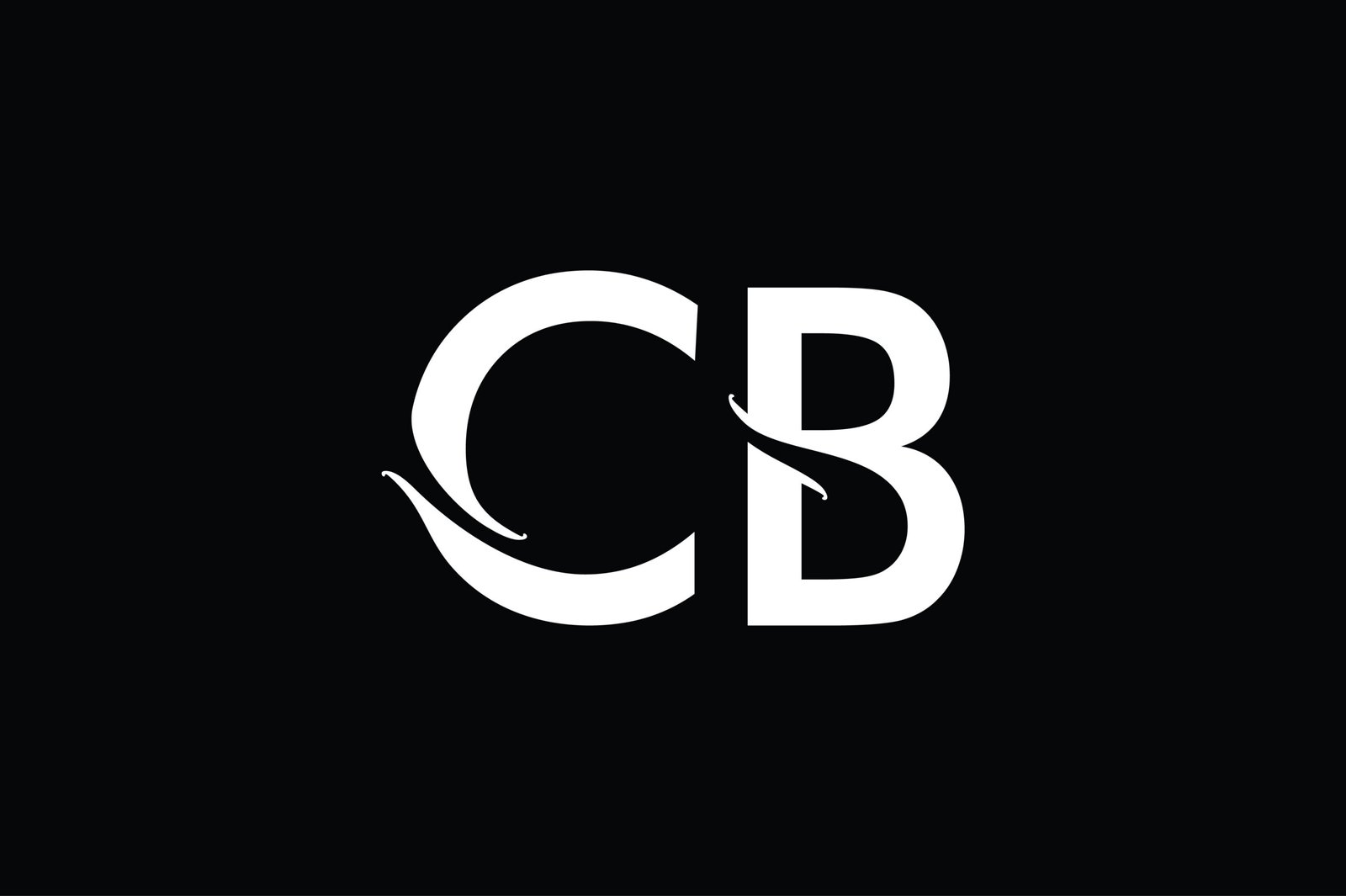In the ever-evolving landscape of blockchain technology, the need for scalability, efficiency, and enhanced security has driven innovation beyond traditional blockchain architectures. One such groundbreaking development is BlockDAG (Directed Acyclic Graph), a paradigm shift that redefines how decentralized systems can operate. This article delves deep into the concept of BlockDAG, its advantages over traditional blockchains, and its potential to shape the future of decentralized technologies.
Understanding BlockDAG: What Is It?
BlockDAG, or Blockchain Directed Acyclic Graph, is an advanced data structure that addresses the limitations of traditional blockchain systems. Unlike conventional blockchains, which rely on a linear chain of blocks, BlockDAG allows for multiple blocks to be added simultaneously, forming a graph-like structure. This approach eliminates bottlenecks and enhances scalability, making it ideal for high-throughput applications.
Key Features of BlockDAG
- Non-Linear Structure: Unlike traditional blockchains, where each block is linked to its predecessor, BlockDAG forms a directed graph, allowing multiple blocks to coexist without a strict sequential order.
- Parallel Processing: The architecture enables parallel validation and addition of blocks, significantly increasing transaction throughput.
- Decentralization: By avoiding a single-chain structure, BlockDAG reduces centralization risks and enhances network resilience.
- Scalability: The ability to process numerous transactions concurrently makes BlockDAG a scalable solution for growing networks.
How BlockDAG Works
BlockDAG functions by creating a directed acyclic graph where each block is linked to multiple predecessors rather than just one. This design ensures that even if several blocks are mined at the same time, they can coexist without causing conflicts. The network then uses algorithms to resolve inconsistencies and ensure consensus across the system.
Consensus Mechanisms in BlockDAG
Consensus in BlockDAG networks is achieved through advanced algorithms designed to handle the non-linear structure. Some popular approaches include:
- GHOST Protocol: Greedy Heaviest-Observed Subtree (GHOST) selects the chain or subtree with the most computational work as the valid chain.
- Virtual Voting: Nodes vote on the order of transactions using their local view of the DAG, ensuring agreement without requiring a leader.
- Proof of Stake (PoS) Adaptations: Some implementations combine DAG structures with PoS mechanisms to balance security and efficiency.
BlockDAG vs. Traditional Blockchains
To understand the significance of BlockDAG, it is essential to compare it with conventional blockchain technology. Here’s a breakdown of key differences:
| Feature | Traditional Blockchain | BlockDAG |
|---|---|---|
| Structure | Linear chain | Directed acyclic graph |
| Scalability | Limited | High |
| Transaction Speed | Sequential | Concurrent |
| Fork Handling | Causes network splits | Handles forks efficiently |
| Energy Efficiency | Dependent on consensus | More energy-efficient |
Applications of BlockDAG Technology
BlockDAG’s unique capabilities open doors to various applications across industries:
1. Cryptocurrencies
BlockDAG is well-suited for cryptocurrencies requiring high transaction speeds and low fees. Projects like IOTA and Nano have implemented DAG-based systems to achieve feeless and scalable transactions.
2. Supply Chain Management
The parallel processing capability of BlockDAG ensures real-time tracking and validation of supply chain data, enhancing transparency and reducing inefficiencies.
3. Decentralized Finance (DeFi)
BlockDAG can support high-throughput DeFi platforms, enabling faster and more secure transactions for lending, trading, and other financial activities.
4. Internet of Things (IoT)
IoT ecosystems require efficient and scalable data processing. BlockDAG’s architecture is ideal for managing the vast amount of data generated by IoT devices.
Advantages of BlockDAG
BlockDAG offers several advantages over traditional blockchain systems, making it a promising alternative for next-generation applications:
- Improved Scalability: The ability to process multiple transactions concurrently ensures seamless scalability, even in large networks.
- Faster Transaction Speeds: By allowing parallel block creation, BlockDAG reduces transaction confirmation times.
- Enhanced Security: The non-linear structure makes it more challenging for attackers to compromise the network.
- Energy Efficiency: Many BlockDAG implementations consume less energy compared to traditional Proof-of-Work (PoW) blockchains.
- Fork Resistance: BlockDAG effectively manages forks, maintaining network stability and consensus.
Challenges and Limitations
While BlockDAG offers numerous benefits, it also faces certain challenges:
- Complexity: The non-linear structure and consensus algorithms require more sophisticated implementation and understanding.
- Adoption Barriers: Transitioning from traditional blockchains to BlockDAG requires significant effort and infrastructure changes.
- Network Size: In smaller networks, the advantages of BlockDAG may not be fully realized.
- Consensus Efficiency: Developing efficient and fair consensus mechanisms for BlockDAG remains a technical challenge.
Prominent BlockDAG Projects
Several projects have adopted BlockDAG technology to overcome the limitations of traditional blockchains:
- IOTA: Designed for IoT ecosystems, IOTA uses a DAG-based system called Tangle to enable feeless and scalable transactions.
- Nano: A cryptocurrency focusing on speed and energy efficiency, Nano employs a BlockDAG structure to eliminate transaction fees.
- Conflux: A public blockchain that integrates DAG technology to enhance scalability while maintaining decentralization and security.
- Phantom: Implements the GHOSTDAG protocol to achieve scalable and secure decentralized networks.
The Future of BlockDAG
BlockDAG represents a significant step forward in the evolution of blockchain technology. As the demand for scalable and efficient decentralized systems grows, BlockDAG’s role is likely to expand across various sectors.
Key Areas of Growth
- Integration with AI and Machine Learning: BlockDAG can facilitate real-time data processing for AI and ML applications.
- Cross-Chain Interoperability: Combining BlockDAG with other blockchain solutions can enhance interoperability and create robust ecosystems.
- Sustainability: With a focus on energy efficiency, BlockDAG aligns with global sustainability goals.
Conclusion
BlockDAG offers a transformative approach to addressing the limitations of traditional blockchains. Its scalability, efficiency, and resilience make it a compelling choice for a wide range of applications. As technology evolves, BlockDAG has the potential to become a cornerstone of decentralized systems, driving innovation and enabling new possibilities.
For those exploring the future of blockchain, understanding and adopting BlockDAG technology is not just an option but a necessity to stay ahead in the rapidly changing digital landscape.


